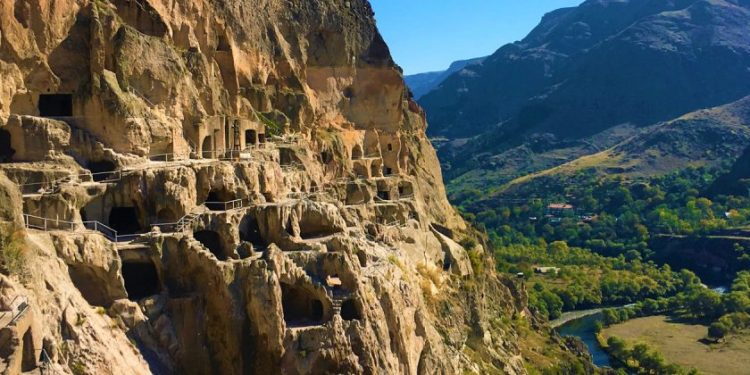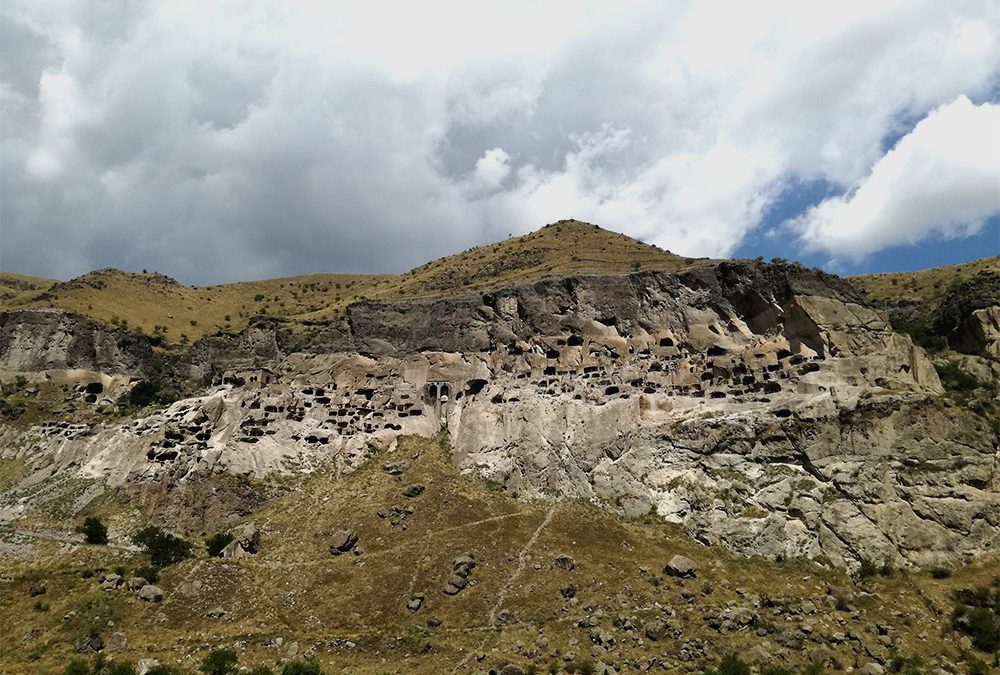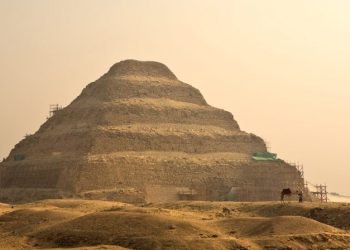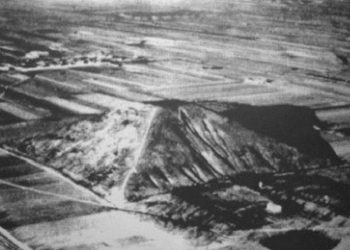Hidden in the slopes of the Georgian Erusteti Mountain lies a magnificent ancient cave city complex that rarely received the attention it deserves. The Vardzia Cave Monastery is one of those enigmatic real-world locations that could easily find a place in a fantasy book or movie.
1. Vardzia was more than a cave monastery, it was a flourishing city
4. In war times, the Vardzia cave monastery could hold up to 20 000 soldiers
5. The central cave building of the Vardzia Cave Monastery is the Medieval Church of Assumption
6. The city had 19 levels at its peak
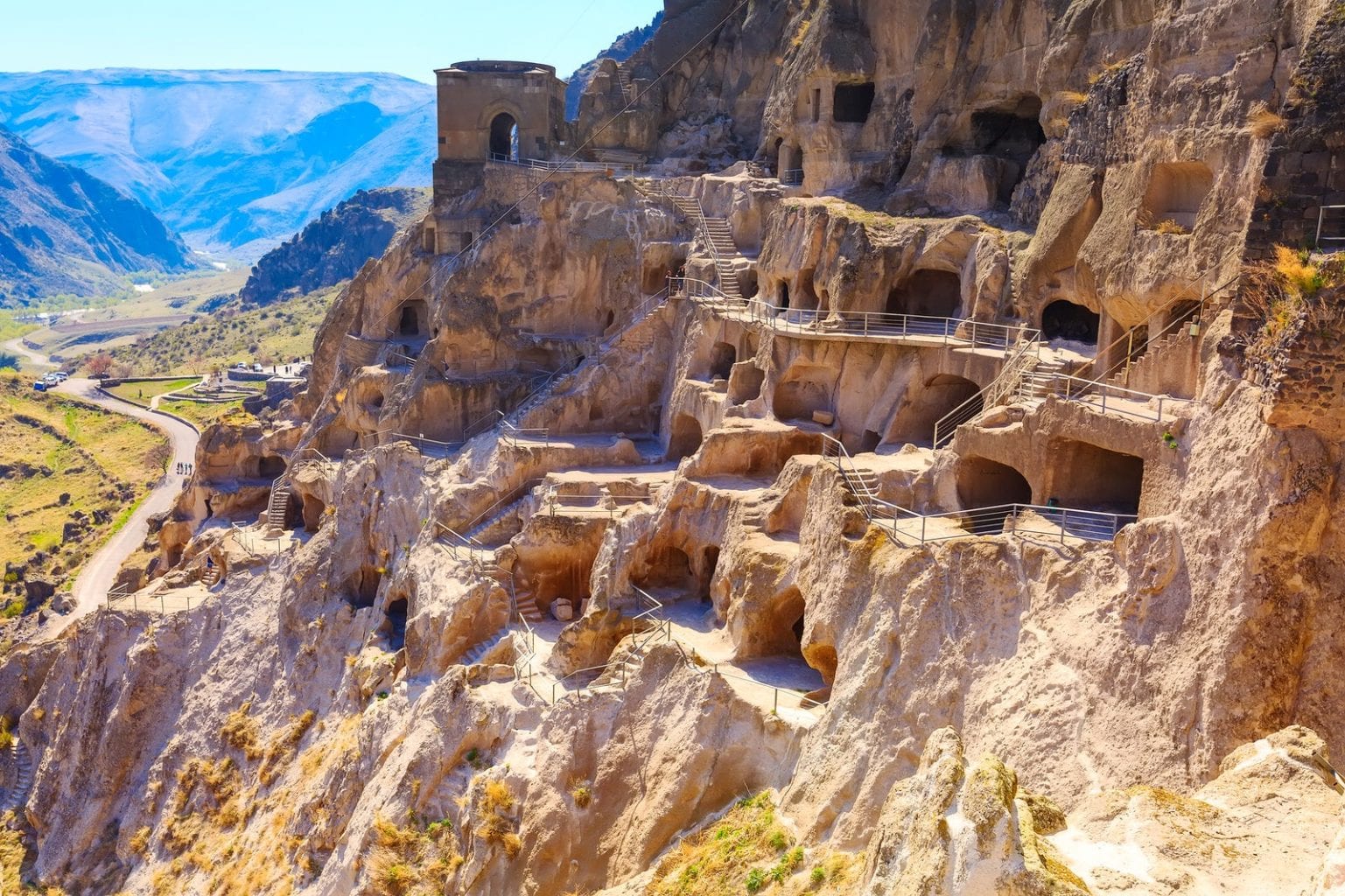
It was on average on 13 levels, and in its most developed state, they reached 19. They were all connected by tunnels and alleys. It is said that the greatest depth in the interior reached 80 meters.
7. A powerful earthquake in 1283 began the decline of the Vardzia Cave Monastery and city
In 1283, a monstrous earthquake occurred in the region. As a result, a giant rock mass with a depth of 15 meters broke away from the city bringing unspeakable disaster. Two-thirds of the original premises of the Vardzia cave monastery were destroyed. With this moment began the decline of Vardzia.
8. The earthquake “opened” the mountain which is why we today can see the caves

It is said that the massive earthquake literally tore the mountain apart and revealed the cave city to the outside world. This is why we nowadays see it from the outside and it is one of the main reasons why it was abandoned to a certain extent. It no longer served as a hideout as it was clearly visible.
9. The monastery existed actively until the region was conquered by Persians in the 16th century
The remains of what was once a flourishing city remained in use as a monastery for three more centuries. The end of the Vardzia cave monastery came during the Perian invasion in 1551 when it was destroyed leaving the site we see today.
10. It is believed that Queen Tamar was buried in the Vardzia Cave Monastery or somewhere in the mountain near her favorite place
It is believed that Queen Tamar’s remains are somewhere in the mountain or the nearby area. When she died in 1213 in Agarani Castle, near Tbilisi, eight processions started from there and only one of them contained her remains. No one should have known where the queen was buried. One of them reached Vardzia and everyone thinks that she chose this divine place as her burial ground.
Join the discussion and participate in awesome giveaways in our mobile Telegram group. Join Curiosmos on Telegram Today. t.me/Curiosmos



